A lot of people are not familiar with the Korean weather and during visits, they don't really pack the clothes they need, but more light wear and fashionable styles. So we wrote an article specially for you!
You can experience all four seasons in Korea. It can be suffocating hot and humid when the temperature reaches 35 °C (95 °F) in the summer. On the other side, during the winter, it frequently gets very dry and freezing when the temperature drops well below zero degrees. The years 2022-2023 winter was the coldest, with temperatures of -20°C. Although spring and fall are a little shorter than summer and winter, they provide the ideal weather for getting dressed up and going on a picnic, and of course for visiting Korea.

The average annual temperature in South Korea
When the temperature is 27 degrees or above (in July and August), wear short sleeves, sleeveless shirts, shorts, sun protection, a sunshade, and a small electric fan.
During the months of May, June, and September, wear short sleeves and lightweight cotton coats.
Long-sleeved shirts, pants, thin cotton coats, and thin jackets are appropriate for temperatures between 9 and 17 degrees (April and October).
Thermal clothing, long sleeve shirts, pants, jackets, and coats are required for temperatures between 5 and 9 degrees in March, April (in the nights), and November.
Warm winter clothes, moisturizer, and a thermostat set to 5 degrees below zero (November (in the nights), December, and February)

If you're unsure about what to bring to wear to Korea for your future vacation, read this article to get a better understanding of what you need.
❀Spring
Months: March, April, May Average Temperature: 0 to 22 °C (31 to 71.6 °F)
During these months Korea finally experiences warmer weather with blooming flowers after a long winter. The majority of the days are cloudy and have a significant temperature variation, especially in March. With an average daily temperature of 22°C in April and May, the weather becomes increasingly warmer. In Korea, the start of spring is officially in May. Although it is not as cold as in March or April, there is still a significant change in temperature between day and night.
In April, but more precisely at the end of March in Busan (in the south of Korea), the cherry blossom season begins. Later on, the peak travels up to the northern region. Therefore April will bring cherry blossoms, and May will bring royal azaleas, both of which are gorgeous! And of course, provide the perfect opportunity to take great pictures.
Temperature changes are frequent as a result of precipitation. Although you don't need to wear a full winter coat, we would nonetheless advise layering your clothing. You can start wearing short sleeves and shorts in May, but you should still take the temperature difference between day and night into account. In Korea, cardigans and jackets are essential during the spring. Most people dress up in light coats, cardigans, or long-sleeved jackets, which are better suited for transitioning between seasons, rather than bundling up and having to wear heavy jackets.
What to properly wear for types of temperatures:
<12℃~16℃>
Recommended attire includes a field top for changing seasons, a jacket, a shirt, a cardigan, and colored stockings.
Due to the significant daily temperature differences, this weather is one that necessitates wearing a coat significantly, yet it is difficult to declare it to be really cold. You must now pay attention to both the top and the bottom in order to prevent the temperature differential from changing quickly. A jacket or cardigan is always necessary, and stockings and socks are a must.
<17℃~19℃>
Knitwear, cardigans, sweatshirts, hoodies, jeans, cotton pants, slacks, and one-piece swimsuits are recommended.
It's either full-on spring weather or cool spring weather right now. Although it is warm during the day and a little chilly at night, you may still wear reasonably light clothing, thus it is advised to carry an extra cardigan. It's appropriate to style with a light knit, a jacket, and a sporty man-to-man.
<20℃~22℃>
Long sleeve tee, cardigan, hoodie, cotton pants, slacks, and skinny shoes are suggested outfits.
It is somewhat hot indoors and moderately chilly outside due to the significant daily temperature variation in the morning and evening. Style is still stylish in this kind of weather, but you should have at least one zip-up item on hand, like a cardigan or hoodie, to protect your health. Long sleeves, cardigans, hoodies, cotton pants, slacks, and skinnies are examples of matching fashions.
☀ Summer
Months: June, July, August, September Average Temperature: 22 to 38 °C (71.6 to 100.4 °F)
Korea's best time of year for travel and outdoor activities is from May until the average temperature gradually rises to 33 °C.
In Korea, summer begins in the middle to the end of June, and the monsoon season begins in July.
In August, the country experiences a heatwave as soon as the wet season is ended. June is not that horrible in South Korea. Even in Busan, you can still get away with wearing long pants and a light coat before it starts to rain. However, once the rainy season is over, it becomes too hot and humid to wear outerwear. Pre- and post-rainy seasons are markedly different from one another. The temperature is around 33°C before mid-July, which is not too horrible. Given the low humidity, you won't perspire too much. Temperature and humidity both increase significantly after the wet season. The most difficult summer months to endure in Korea are July and August. Thousands of people flock to the beaches over the weekend or throughout their summer vacation. On the other hand, other people choose to spend their vacations indoors, either at home or in a hotel. Make careful to take precautions to shield yourself from the harsh sun!

Remember to bring sandals and an umbrella if you intend to travel during this time!
Your garments won't stay dry very easily.

What to properly wear for types of temperatures:
<23℃~26℃>
Style suggestions include cotton slacks, long sleeves, thin shirts, and shorts with short sleeves.
People get hot in the middle of the summer, yet you need a light material to feel cool. Short sleeves, long sleeves in light fabrics, shorts, and cotton pants are all complementary garments.
<27℃~>
Sleeveless, short, one-piece, and shirtless attire are advised.
In order to prevent your body temperature from increasing too much, it is advised to wear light and cool clothing, such as shorts, sleeveless shirts, shirts, dresses, and skirts, when the temperature is over 27 degrees Celsius.
🍁 Fall
Months: September, October, and November Average Temperature: 3 to 25 °C (37.4 to 77 °F)
In South Korea, fall and spring are extremely similar. There will be a significant temperature difference between day and night in September. The temperature reaches 30 °C (86 °F) during the day, although it dips to around 15 °C (59 °F) after sunset. Therefore, as we have previously indicated, we advise dressing in many layers.
The temperature drops sharply from October through November, peaking at roughly 0 °C (32 °F). Compared to Korea's heat, fall weather is considerably pleasant and has a refreshing wind. Simply maintain good health and avoid getting sick. Wear a jean jacket or a light sweater. This time of year is ideal for dressing up!
The average temperature rapidly declines after mid-October. The ginkgo and maple leaves begin to fall in November. The temperature frequently drops to zero degrees at night.
Autumn in Korea ends at the beginning of November. It gets colder than 0 degrees Celsius. The majority of the time is sunny, and the weather is still dry and moderate. Normally, it doesn't get really chilly or windy. However, to moisturize your skin, use a moisturizer.
In late October, the autumn leaves start to fall. In Seoul, the best time to view the changing leaves is from the end of October through mid-November. Fall foliage season in Korea is best experienced between mid-September and the end of October. To delight in all the fall foliage, Koreans frequently travel to Seoraksan Mountain. The temperature goes a little colder at this time of year, but the humidity maintains the same and is very low. A fantastic time to visit Korea is now!

However, because of the temperature difference and the flu, it's relatively simple to catch a cold during this time of year. When visiting Korea around this season, don't forget to pack lightweight layers of clothing.
What to properly wear for types of temperatures:
<10℃~11℃>
Styles to consider include trench coats, field jackets, and several layers.
It's the ideal time of year to put up an eye-catching fashion outfit because the temperature seems chilly without being overly chilly. Wear multiple layers of light clothing or a cardigan underneath a light jacket since it is cool for spring.
<12℃~16℃>
For the changing seasons, field tops, jackets, shirts, cardigans, and apricot-colored stockings are advised.
The weather is one that seriously needs wearing a coat due to the large daily temperature variations, yet it is impossible to say that it is extremely cold. Always wear stockings and socks, and always wear a jacket or cardigan.
☃ Winter
Months: December, January, February Average Temperature: -15 to 5 °C (5 to 41 °F)
In Korea, the first snowfall usually occurs in late November or early December. However, it's challenging to predict the precise date of the first snowfall of the year because of global warming and significant weather variations. The previous winter was relatively snow-free for Seoul residents; nowadays, it is unusual to see snowfall in Seoul.
When October comes around, the temperature drops to below zero. You'll notice that the temperature is dropping daily. By the end of November, you will need to wear heavy winter jackets to protect your body from the cold because the nighttime lows are easily below zero degrees.
Nearly every day by the end of December, the temperature drops below zero. Additionally, Korea will be quite dry during this time, so remember to moisturize your face and body frequently.

In Korea, January and February are the snowiest months, and there is a good likelihood that it will snow heavily. However, it is less likely that southern cities like Daegu or Busan would experience significant snowfall. Although the temperature may not be as low as in your home country, the cold and humidity may cause you to go numb in your bones during the Korean winter, which is more humid than the winter in North America. Don't underestimate the freezing cold wind, when you come here. Some people said that the wind in Korea makes the winter so harsh.
For anyone traveling to Korea in the winter, we strongly advise bringing a sturdy windproof jacket. Scarves and gloves would also be very helpful.
What to properly wear for types of temperatures:
<6℃~9℃>
Coats and leather jackets are advised styles.
Coordination is advised in order to keep the temperature between 6 and 9 degrees. Coats and jackets are required, and styling with heat-tech and light padding is advised because there is a significant daily temperature difference in the morning and evening and because it is cold where there is no sunlight.
<~5℃>
Styles to consider include padding and clothing composed of materials for cold climates.
Wearing padding or a thick coat is advised because it is winter and the temperature is below five degrees. You should choose warmth before fashion when choosing what to dress.
👗Recommendation for weather-based dressing app:
구름량
It offers details on what to wear right now, what to wear today, tomorrow, and the day after tomorrow based on the temperature in 3-hour intervals, as well as what to wear each week for a week.

스타일 웨더
You can receive advice on various clothing options based on the weather and your gender.

The warmest months in Korea are July and August, which are also the most humid. Make sure you stay hydrated by drinking enough water and getting plenty of rest in cool locations. Regularly apply UV protection and use little electric fans to keep cool! They are widely available in Korea and will save your life in the summer.
The ideal times of year for tourists to visit Korea are in the spring and the fall. You may be a fashionista and rock whatever you choose to wear. Put on several layers so you can adapt to the abrupt drop in temperature after sunset.
In the winter, Koreans frequently pair a sweater with a lightweight cotton jacket. Most individuals worry more about chilly weather than they do about hot ones. Long padded jackets, which can keep you toasty from head to toe, are another popular style.
Prepare your suitcase for your vacation to Korea. We hope the information here helped you plan your outfit and your preparation.

















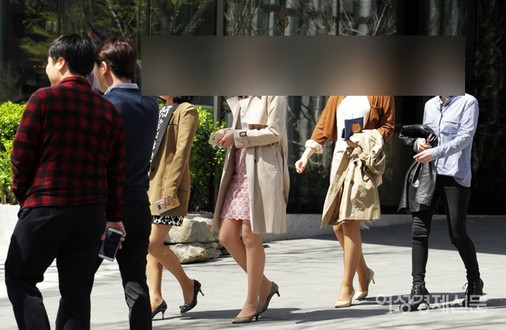






















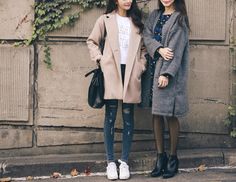


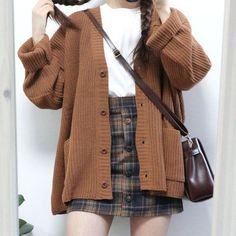






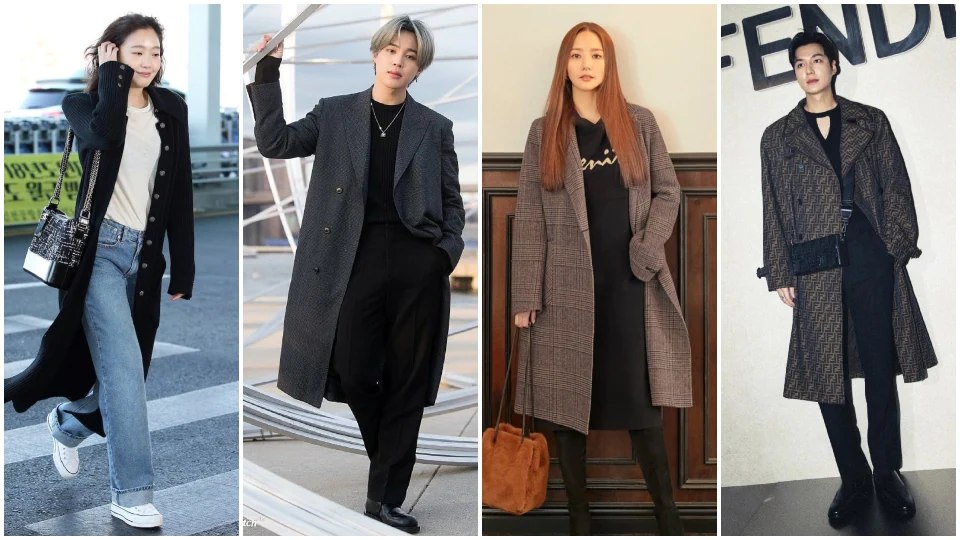




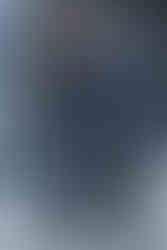



Comments